Three days after the Russian invasion of Ukraine, Patriarch Kirill of the Russian Orthodox Church (ROC) called on God to “preserve the Russian land… the land which now includes Russia and Ukraine and Belarus.”
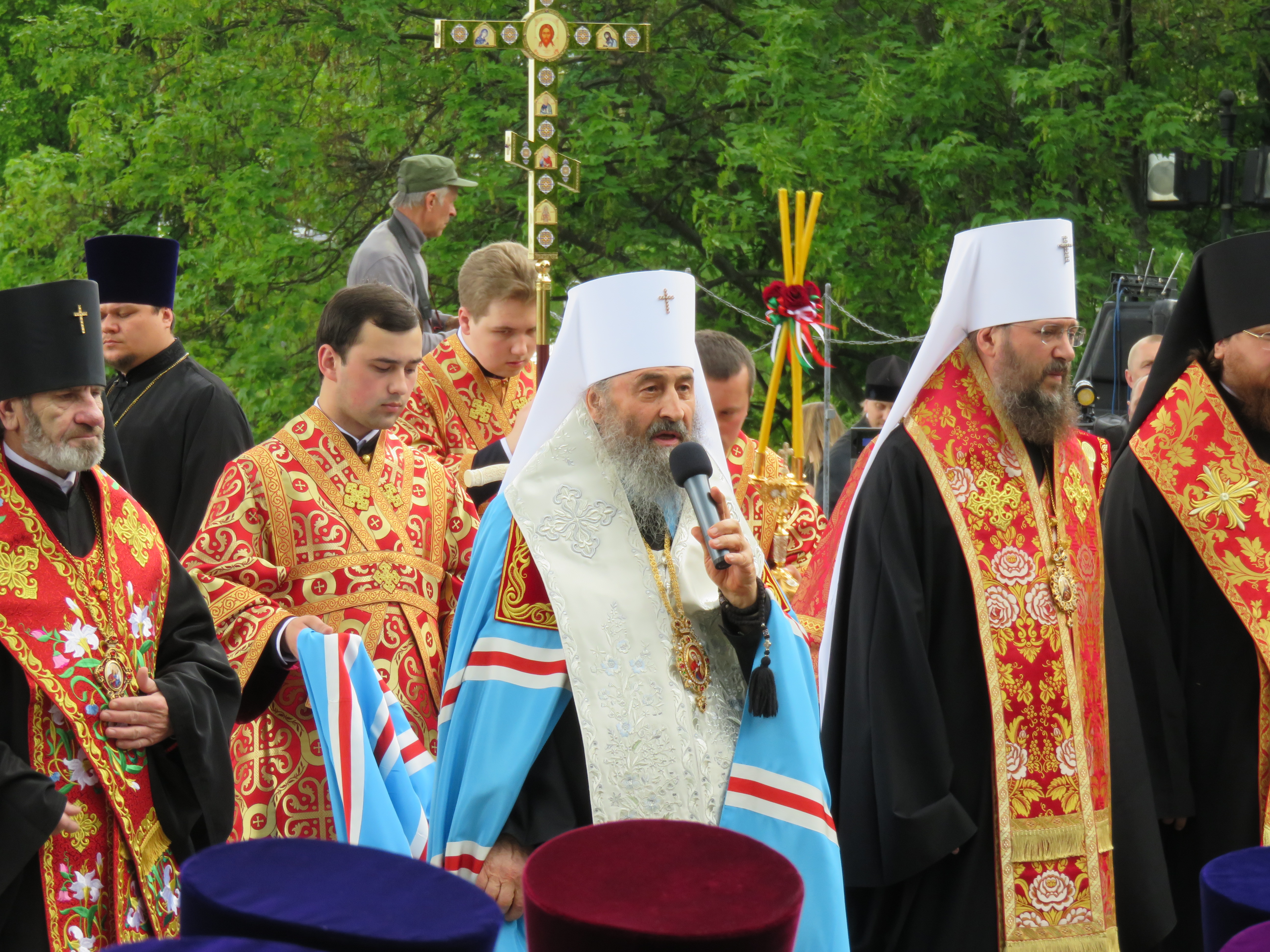
In Ukraine, by contrast, the leading churches, including the Ukrainian Greek-Catholic Church (UGCC) and the Orthodox Church of Ukraine (OCU), appealed for resistance to the Russian invasion. Even Metropolitan Onufriy of the Ukrainian Orthodox Church, which is affiliated with the Moscow Patriarchate (UOC-MP), called for prayers for the Ukrainian people and their army and the defense of Ukraine’s sovereignty.
Many observers have been surprised that this war has a religious dimension. Yet its roots lie in the intertwined but separate religious histories of Ukraine and Russia.
The Eastern Slavic peoples (Russians, Ukrainians, and Belarusians) trace their cultural and state origins to the early Rus principality that emerged in the ninth century around Kyiv. The medieval Primary Chronicle tells how, in 988, Grand Prince Volodymyr of Kyiv was baptized by the Greeks at Chersonesus in Crimea before returning to his capital to baptize his people in the Dnipro River.
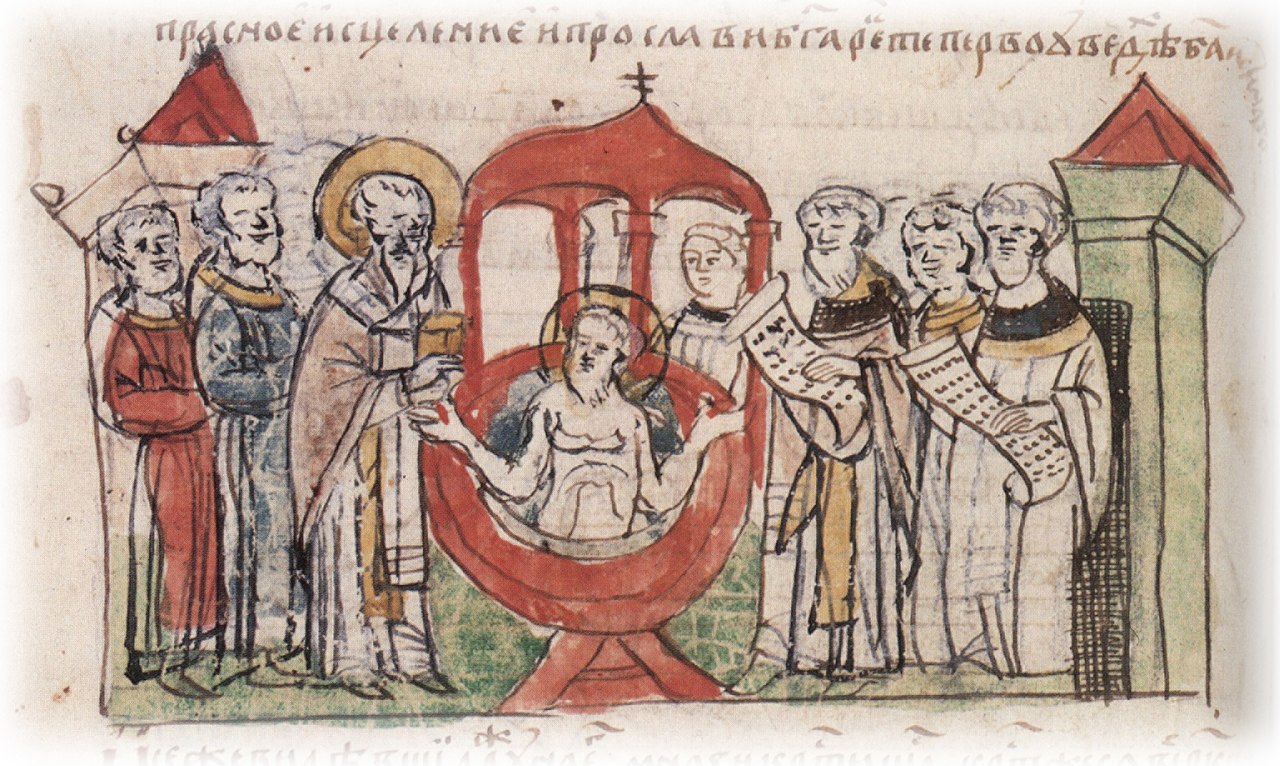
After the Mongols sacked Kyiv in 1240, the political and religious histories of the northern and southern Rus territories diverged. The south-west and south-east lands, including Kyiv, were absorbed by Poland and Lithuania by the 1360s. Meanwhile the principality of Moscow gradually expanded to control all the north-eastern principalities. Different religious traditions grew in these two areas.
This divergence was solidified in 1448, when the Muscovite church rejected the 1439 decision of the Council of Florence to reunite the Western (Roman Catholic) and Eastern (Orthodox) churches. Its bishops consecrated their own metropolitan, without the participation of the Ecumenical Patriarch (Constantinople).
Henceforth, the Metropolitanate of Moscow and All Rus became in practice self-governing (autocephalous), while a separate Metropolitanate of Kyiv with jurisdiction over the lands in Poland-Lithuania remained under the Ecumenical Patriarch. In 1589, the Ecumenical Patriarch formally recognized the Muscovite church’s autocephaly with its own patriarch.

Meanwhile, the Ruthenians in Poland-Lithuania (ancestors of the Ukrainians and Belarusians) were deeply split on religious grounds. In 1596, the Ruthenian bishops signed the Union of Brest. The resulting Uniate church accepted Roman Catholic doctrine and the supremacy of the Pope, while preserving Orthodox-style liturgy. Its descendent, the UGCC, remains the predominant church in the western regions of Ukraine today.
Orthodox opposition to the Union was strong and Kyiv became the center of a regenerated Ruthenian Orthodoxy. In 1667, Muscovy took control of eastern Ukraine, parts of Belarus, and the city of Kyiv. By 1686, the Metropolitan of Kyiv placed his church under the patriarch of Moscow rather than Constantinople.
After centuries of separate development, Ukrainian Orthodoxy was absorbed into the Russian church. As the Russian state expanded west in the late 18th century, a major element of official rhetoric and practice was the reconstitution of Kyivan Rus and the “return” of the Uniates to their “native” Orthodoxy. By contrast, across the border in Austrian Galicia, the Greek Catholic Church stood at the center of the 19th-century Ruthenian political movement.

After the Russian Empire collapsed in 1917, movements for autonomy from the ROC appeared in Georgia, Belarus, and Ukraine.
Ukrainian Orthodox were divided between those who sought autonomy within the ROC and the proponents of Ukrainization of the liturgy who founded the Ukrainian Autocephalous Orthodox Church (UAOC) in 1921.
Soviet antireligious policies crippled church structures and by the 1930s, many religious leaders were arrested and virtually all parish churches were closed.
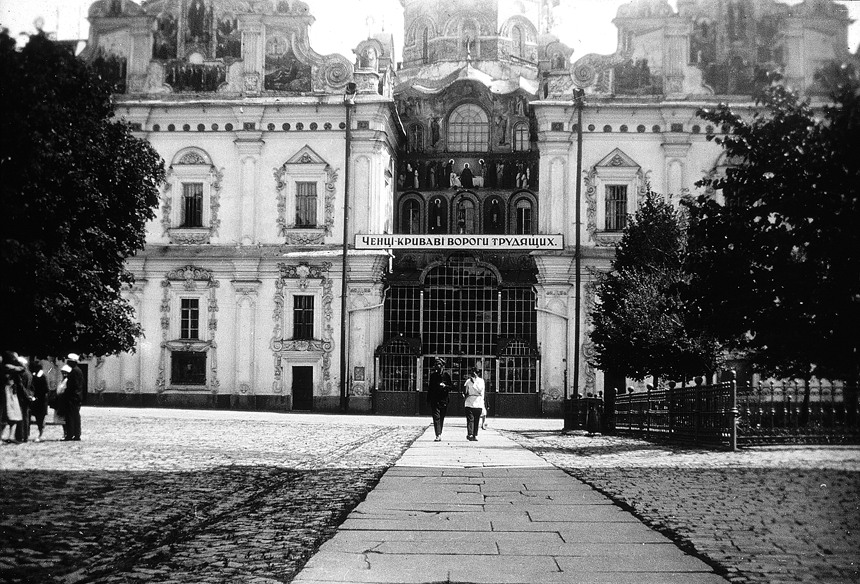
World War Two further transformed the relationship between church and state in the Soviet Union as well as the ROC and the UGCC. Seeking to rally the population in areas under Nazi occupation (especially Ukraine and Belarus), Soviet authorities signed an agreement with the ROC permitting it some legal existence under close administrative control.
The state then used the ROC as a tool for reintegrating parts of Ukraine reconquered from the Nazis and incorporating new western Ukrainian territories. This included forcibly “re-uniting” the UGCC to the ROC in 1946.
In the late 1980s, when Mikhail Gorbachev loosened religious restrictions, the UGCC and the UAOC reemerged and soon claimed over one-third of ROC parishes in the Ukrainian Republic. By 1992, there were three competing Orthodox churches in Ukraine: the UOC-MP, a new Ukrainian Orthodox Church (Kyiv Patriarchate), and a small UAOC.
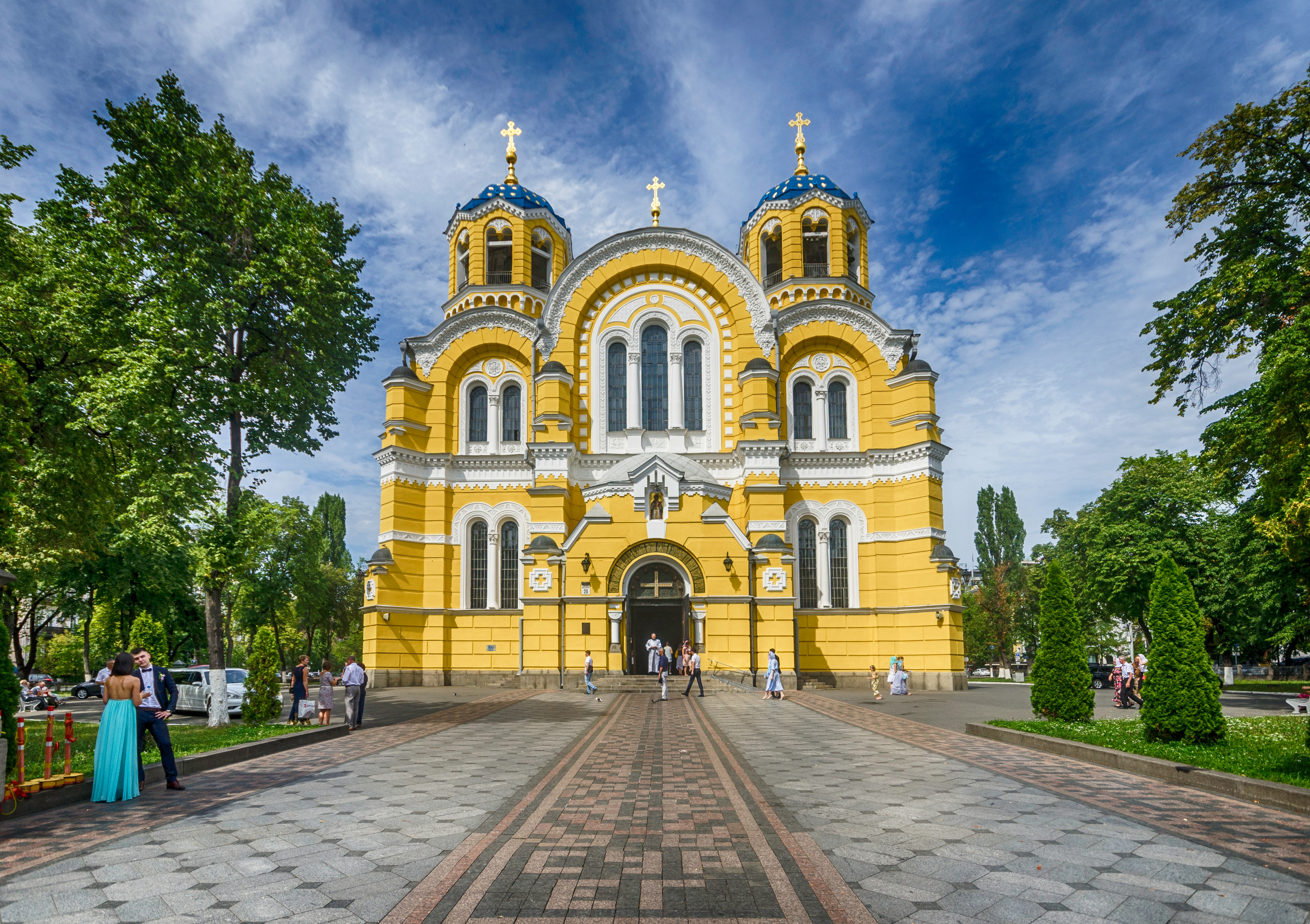
A widespread sense remained that independent Ukraine required a united autocephalous Orthodox Church. This feeling intensified following the Euromaidan revolution, the Russian seizure of Crimea, and the start of war in the Donbas region in 2014.
So too did Moscow Patriarch Kirill’s championing of a “Russian World,” an alternative civilization rooted in “traditional” Orthodox values that he contrasted with Western individualism and liberalism.
In January 2019, the Ecumenical Patriarch recognized the autocephaly of a new Orthodox Church of Ukraine, which was founded at a council attended by bishops of all three Ukrainian Orthodox churches in late 2018. There was now a canonical, local Ukrainian church. But on the eve of the Russian invasion, the UOC-MP remained the largest church in the country, albeit one plagued by questions about its loyalty.
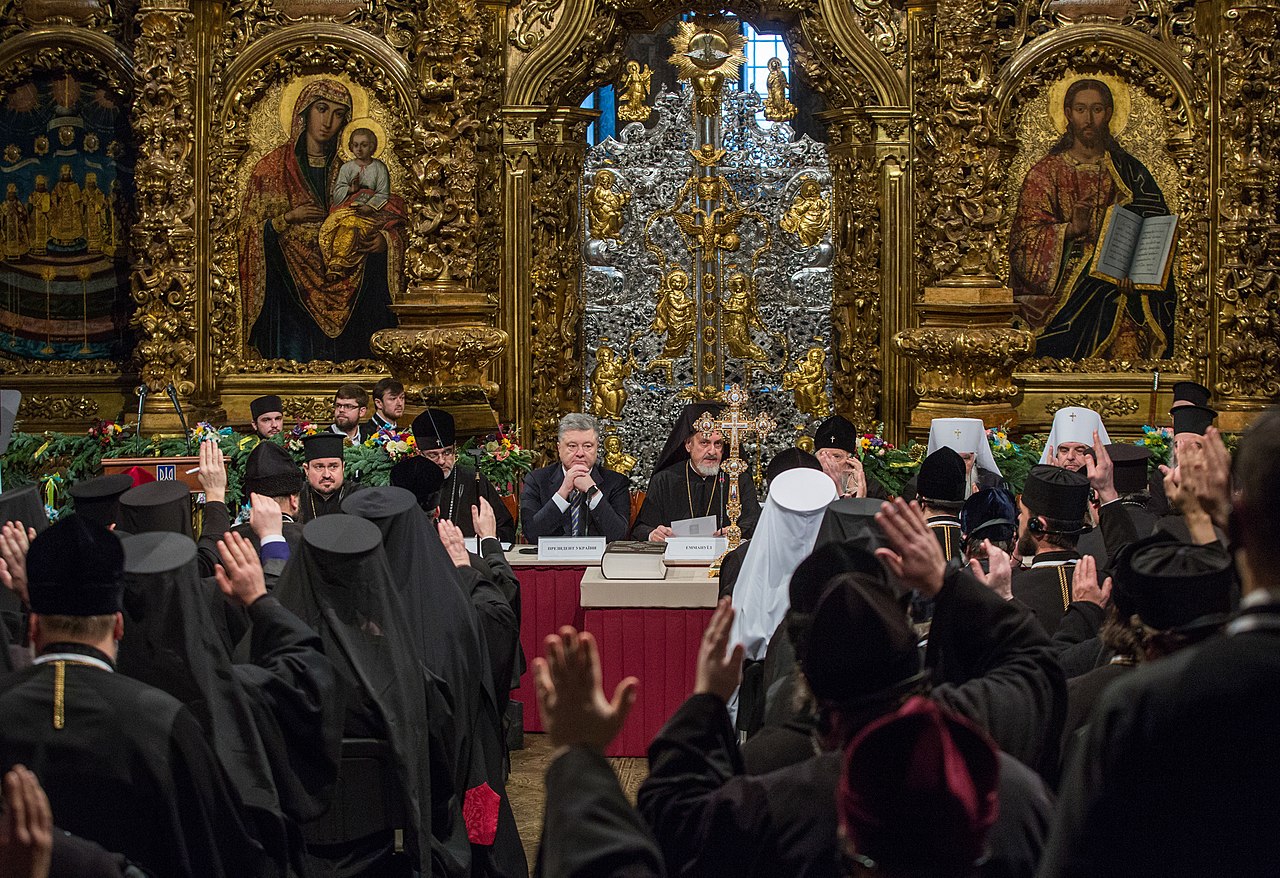
The historical experience of living at a geographical and civilizational crossroads has profoundly shaped Ukrainian religious political life. The Roman Catholic Church, the Ecumenical Patriarchate, and the Moscow Patriarchate all claim Ukraine within their spiritual jurisdiction.
Religious complexity has underpinned a fundamental pluralism in Ukrainian cultural and political life. Whereas in Russia the ROC is uncontested as the traditional faith of ethnic Russians, in Ukraine both Orthodox and Catholics claim the mantel of being the national faith.
The Catholics participate in the universal Catholic Church, while Ukrainian Orthodox look to two different centers of world Orthodoxy, each with its own culture and orientation to the modern world.
